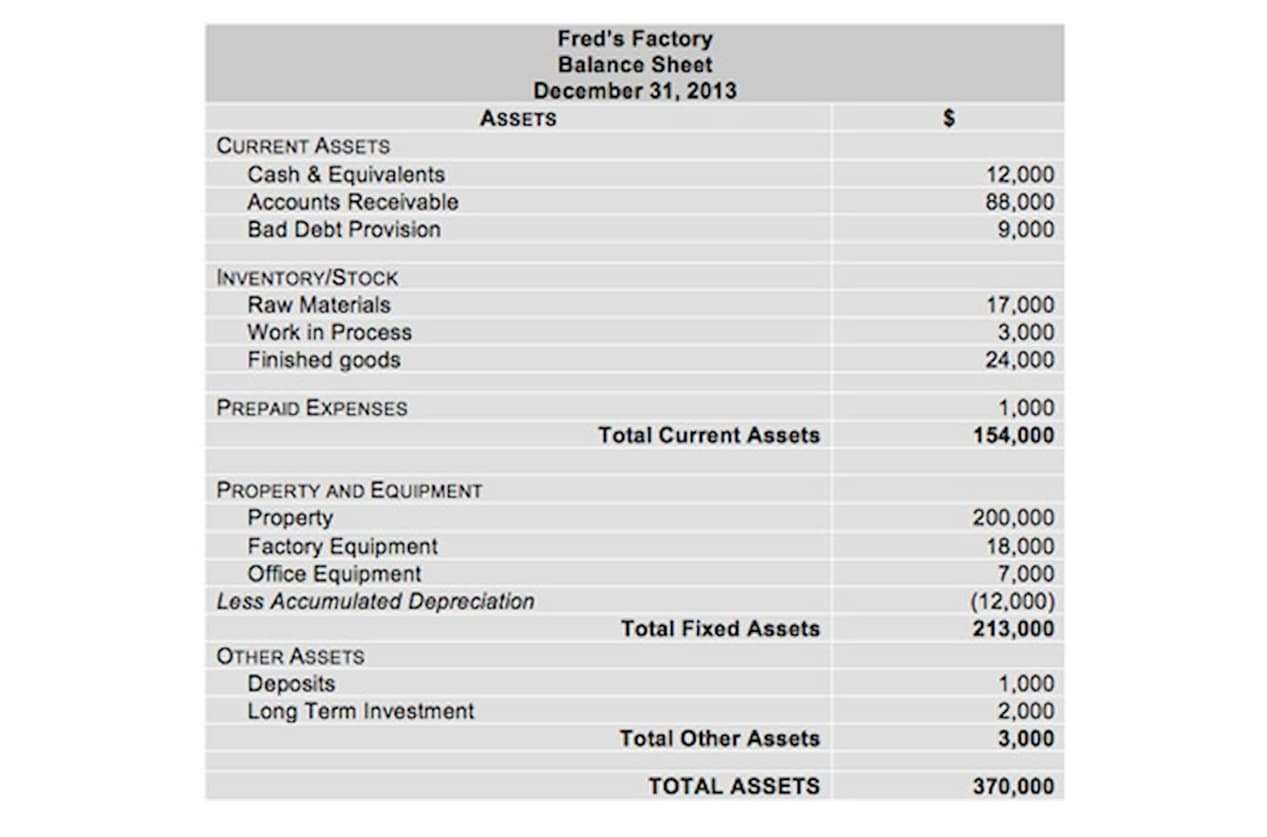The average collection period can also be a key indicator for potential adjustments in business strategies, such as revising credit terms or focusing on cash sales. The first step in calculating your average collection period is to find your average accounts receivable. To do this, you take the sum of your starting and ending receivables for the year and divide it by two. Receiving payments for goods and services on time plays a big part in maintaining liquidity. This enables companies to pay off short-term liabilities such as bills and trade payables.
Pension Calculators
However, an ongoing evaluation of the outstanding collection period directly affects the organization’s cash flows. Finally, to find the value of the average collection period, you will need to divide the average AR value by total net credit sales and multiply the result by the number of days in a year. Most of the time, the number of days in a year is taken to be 365 or 360 days. Here, net credit sales come from the income statement, which covers a period of time. At the same time, the AR value can be found on the balance sheet, which provides a snapshot of a point in time. As such, it is acceptable to use the average balance of AR over the same period of time as covered in the income statement.
Understanding Average Collection Period
The main way to improve the average collection period without imposing overly strict credit policies or short invoice deadlines is to make the collection processes more efficient. This can be done by automating everything from communication and customer management to invoicing and collections. To find the ACP value, you would need to divide a company’s AR by its net credit sales and multiply the result by the number of days in a year. Even though a lower average collection period indicates faster payment collections, it isn’t always favorable.
Formula for Average Collection Period
It also provides the management with a general idea of when they might be able to make larger purchases. Use the insights gained to make informed decisions on credit policies and collection strategies. A lower average collection period typically indicates a more efficient collection process, improving the company’s cash flow. ACP is best examined on a trend line, to see if there are any long-term changes. In a business where sales are steady and the customer mix is unchanging, it should be quite consistent from period to period.
This is where the Average Collection Period Calculator becomes vital, turning numbers into actionable insights. When it comes to growing your business further it’s quite beneficial as it helps measure and improve average collection period, which means more cash flow. Low receivable turnover ratio is also an indicator that the company is in urgent need of improving its collection policies and needs to re-evaluate its customer base.
- It’s vital for companies to receive payment for goods or services in a timely manner.
- COVID-19 has further highlighted the importance of the average collection period.
- In addition, properly managing the ACP and keeping it low is necessary for any company to operate smoothly.
- The average collection period signifies the average duration a business requires to collect payments owed by clients or customers.
- Navigate the legal landscape surrounding receivables management and collection strategies.
This formula gives you the average collection period ratio, indicating how many days, on average, it takes to collect receivables. When you use the average collection period calculator it not only saves you time but also lets you do your calculations in the comfort https://www.bookkeeping-reviews.com/ of your own office. Using an online calculator to calculate Average Collection Period is also useful for the following reasons. Conversely, if you determine that your average collection period exceeds net 30, you may not be collecting as effectively as you should.
It means that your clients take a shorter period of time to pay their bills and you have less uncertainty about payment times. Our model unveils the dynamics, depicting that the cost of collections is just a few cents within the credit period. However, as invoices age past 90 days, this cost escalates significantly, reaching $10-$12.
A good average collection period ratio will depend on the industry and the company’s credit policies. Similarly, a steady cash flow is crucial in construction companies and real estate agencies, so they can pay their labor and salespeople working on hourly and daily wages in a timely manner. Also, construction of buildings and real estate sales take time and can be subject to delays. So, in this line of work, it’s best to bill customers at suitable intervals while keeping an eye on average sales.
Accounts receivables represent the credit a business extends to its customers – essentially, sales for which payment has not yet been received. This critical component of a business’s balance sheet how to use a cash book in accounting serves as an indicator of its sales efficiency and credit policies. Effective management of accounts receivables ensures a steady influx of cash, crucial for meeting day-to-day operational needs.
Or multiply your annual accounts receivable balance by 365 and divide it by your annual net credit sales to calculate your average collection period in days for the entire year. Your business’s credit policy offers net 30 terms, which means you expect customers to pay their invoice within 30 days. If, after calculating your average collection period, you find that you typically receive payment within 30 days, this indicates that you are collecting payment efficiently. Average Collection Period is the time taken by a company to collect the account receivables (AR) from its customers.
The goal for most companies is to find the right balance in their credit policy. This should be fair and accommodating to customers while efficient and realistic to the firm. The average collection period can be used as a benchmark to compare the performance of two organizations because similar businesses should provide comparable financial measures. When businesses rely on a few large customers, they take on the risk of a delay in payment. This can lead to financial difficulties and closing down their business in the worst case.
By implementing the strategies outlined in this guide, you can enhance your receivables management, ensuring the financial health and success of your business. This method is used as an indicator of the effectiveness of a business’s AR management and average accounts. It is one of the many vital accounting metrics for any company that relies on receivables to maintain a healthy cash flow. From 2020 to 2021, the average number of days needed by our hypothetical company to collect cash from credit sales declined from 26 days to 24 days, reflecting an improvement year-over-year (YoY). Collecting its receivables in a relatively short and reasonable period of time gives the company time to pay off its obligations. The best way that a company can benefit is by consistently calculating its average collection period and using it over time to search for trends within its own business.
In today’s business landscape, it’s common for most organizations to offer credit to their customers. After all, very few companies can rely solely on cash transactions for all their sales.If your business follows suit by extending credit to customers, it becomes crucial to efficiently manage payment collections. Let’s say that Company ABC recorded a yearly accounts receivable balance of $25,000. Using those assumptions, we can now calculate the average collection period by dividing A/R by the net credit sales in the corresponding period and multiplying by 365 days.
Performing an average collection period calculation tells you how long it takes, on average, to turn your receivables into cash. It currently has an average account receivable of $250,000 and net credit sales of $600,000 over 365 days. The average collection period, or ACP, refers to the amount of time it takes for a business to receive any payments that it is owed by its clients. The average collection period is closely related to the accounts turnover ratio, which is calculated by dividing total net sales by the average AR balance. The average collection period formula is the number of days in a period divided by the receivables turnover ratio. Calculating the average collection period with average accounts receivable and total credit sales.
Here is why calculating your average collection period can help your business’s financial health. Let’s say you own an electrical contracting business called Light Up Electric. At the beginning of the year, your accounts receivable (AR) on your balance sheet was $39,000.
This example shows how a company can utilize the average collection period to compare its credit policy to industry norms, internal monitoring, and standards. The greatest strategy for a business to gain is to figure out its average collecting period on a regular basis and use it to look for patterns in its own operations over time. A company’s competitors can be compared, either separately or collectively, using the average collection period. Similarly, businesses allow customers to pay at a later date; this is recorded as trade receivables on the business’s balance sheet. It’s vital for companies to receive payment for goods or services in a timely manner.
Generally speaking, an average collection period under 45 days is considered good. However, the number can vary by industry and will depend on the exact deadlines of invoices issued by a company. If Company ABC aims to collect money owed within 60 days, then the ACP value of 54.72 days would indicate efficiency.
In this article, we are going to take a look at how to calculate and analyze the average collection period. Another business, a manufacturing company, used the calculator as part of a broader strategy to overhaul their accounts receivables management. They shifted to more stringent credit checks and implemented early payment discounts, significantly improving their cash flow.
More specifically, it shows how long it takes a company to receive payments made on credit sales. Typically, lower collection periods are preferred, as the shorter duration indicates more efficiency in credit collections. On the other hand, a high average collection period signals that a company might be taking too long to collect payments on their accounts receivables. The average collection period, also known as the average collection period ratio (ACP), estimates the timeline a company can expect to collect its accounts receivable.
Naturally, a smaller value of the average collection period ratio is considered more beneficial for a company. It indicates that a company’s clients pay their bills faster, or that the company collects payments faster. The best average collection period is about balancing between your business’s credit terms and your accounts receivables. Yes, any business that extends credit to its customers can benefit from using this calculator to monitor and manage its accounts receivables effectively.
This comparison includes the industry’s standard for the average collection period and the company’s historical performance. In 2020, the company’s ending accounts receivable (A/R) balance was $20k, which grew to $24k in the subsequent year. Suppose a company generated $280k and $360k in net credit sales for the fiscal years ending 2020 and 2021, respectively. The average collection period is often not an externally required figure to be reported. The usefulness of average collection period is to inform management of its operations.
QuickBooks research shows nearly half (44%) of small business owners who experience cash flow issues say the problems were a surprise. A bad debt reserve helps you plan ahead and avoid surprise cash flow problems if late payments become nonpayments. Keeping a business cash reserve can also help you manage your expenses without having to get a loan or stacking up credit card debt when customer payments are delayed. If you have difficulty collecting customer payments, it’s tough to pay employees, make loan payments, and take care of other bills.
The average collection period measures a company’s efficiency at converting its outstanding accounts receivable (A/R) into cash on hand. Real estate and construction companies also rely on steady cash flows to pay for labor, services, and supplies. The average collection period calculation is often used internally for analyzing the company’s liquidity and the efficiency of its accounts receivable collections. The average collection period can be found by dividing the average accounts receivables by the sales revenue. 🔎 Another average collection period interpretation is days’ sales in accounts receivable or the average collection period ratio. A lower collection period typically indicates efficient accounts receivable management, meaning the company is quickly converting credit sales into cash.
The ACP figure is also a good way to help businesses prepare an effective financial plan. You can consider things such as covering costs and scheduling potential expenses in order to facilitate growth. A fast collection period may not always be beneficial as it simply could mean that the company has strict payment rules in place. However, stricter collection requirements can end up turning some customers away, sending them to look for companies with the same goods or services and more lenient payment rules or better payment options. In addition to being limited to only credit sales, net credit sales exclude residual transactions that impact and often reduce sales amounts. This includes any discounts awarded to customers, product recalls or returns, or items re-issued under warranty.
The average collection period is an accounting metric used to represent the average number of days between a credit sale date and the date when the purchaser remits payment. A company’s average collection period is indicative of the effectiveness of its AR management practices. Businesses must be able to manage their average collection period to operate smoothly. There are many reasons a business owner may want to understand the average collection period meaning, calculation, and analysis. Not only does the ACP value provide important insights into the company’s short-term liquidity and the efficiency of its collection processes, but it can even be used to catch early signs of bad allowances. Most importantly, the ACP is not difficult to calculate, with all the necessary information readily available on a company’s balance sheet and income statement.


![]()

